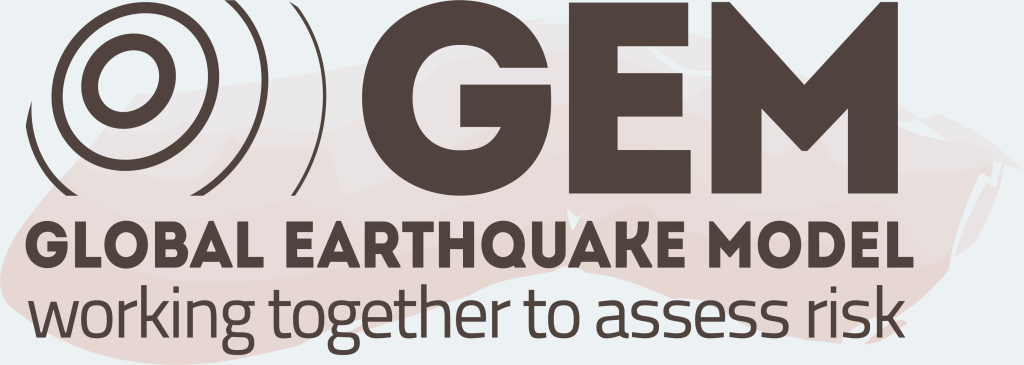When many possible earthquakes are considered, the result is called a probabilistic earthquake risk assessment. Probabilistic earthquake risk represents the potential consequences of all earthquakes that may occur over a defined time period (return period) from known earthquake sources. For example, probabilistic earthquake risk analysis can estimate the average annual economic losses from earthquakes.
Probabilistic seismic risk is the probability of experiencing a certain consequence from earthquakes over some time period, considering all possible earthquakes that may occur. For example, this could be the chances that an earthquake might kill a person in any year, the largest economic impact that is expected over 500 years, or the number of buildings that may suffer some level of damage within a community over the next 50 years. Although probabilistic seismic risk may be less intuitive to understand than a single earthquake scenario, it helps us better understand the cumulative impact of all possible earthquakes rather than focussing on only one scenario of many. It can be more useful in comparing earthquake risk to risks from other hazards with higher likelihoods than earthquakes and can eliminate the need to choose a scenario for planning purposes — you can instead consider the likelihood of seismic damage or consequences like loss of life.
How does RiskProfiler assess probabilistic earthquake risk?
Probabilistic earthquake risk information available in RiskProfiler is assessed by estimating the potential consequences from many earthquakes that could occur over hundreds of thousands of years in Canada, then combining the results to arrive at an estimate of risk over a shorter time period of interest. A detailed description of how Natural Resources Canada estimates the risks from earthquakes across Canada can be found here. The uncertainties and intended uses of this information can be found here.
Information about the potential risks from earthquakes on RiskProfiler are only estimates, and are likely underestimates. The data only accounts for direct damage to buildings and their inhabitants, and does not account for potential indirect damages, such as business interruptions, or damages to critical infrastructure, utilities, vehicles or high consequence facilities such as dams. Impacts from secondary hazards such as earthquake aftershocks, liquefaction, landslides, or fire following are also not included.
What probabilistic earthquake risk information is available on RiskProfiler, and how does it help?
The probabilistic assessment reports information based on both the ‘total’ impact as well as the ‘percentage’ impact. To understand earthquake risk in your community and relative risk between communities, understanding both the total and percentage impacts are necessary to understand the complete story of earthquake risk. Total impact reports the absolute impact in an area, whereas the percentage impact shows what the impact is compared to the total exposure in an area. For example, total impact may report 50 buildings damaged over a 50-year return period, whereas percent impact may report damage to 50 out of 75 buildings or 67% over a 50-year return period. The percentage impact is also reported as a probability of damage — a given building has a 67% chance of damage over a 50-year return period.
RiskProfiler provides probabilistic information about:
- The relative seismic risk of your community compared to all other areas nationally based on both a total impact and a percentage impact.
- The annualized number of fatalities that can be expected as a result of earthquakes each year in your community and the annual probability of fatality.
- The annual economic cost of damages to buildings and their contents from earthquakes as both total and percentage impact.
- The number of buildings in your community expected to suffer slight, moderate, extensive, or complete damage as a result of earthquake shaking within a 50-year time period, and the probability of this occurring to a building.
- The economic loss to buildings and their contents that would be expected once in every 500 years.
- The differences in all of the above values if a major retrofit program were carried out.
To understand more about the information provided, review our FAQ and glossary for detailed descriptions of each parameter.
Probabilistic information on RiskProfiler can help you answer questions like:
- What areas are at highest risk from earthquakes in our region?
- What is the overall earthquake risk in our community?
- What is the expected cost of earthquakes in our community on an annual basis ?
- How much would retrofitting our buildings help reduce our earthquake risk?
From there, you can use additional information and analyses to start tackling the big questions, like:
- Are the earthquake risks tolerable to our community?
- How do earthquake risks compare to other risks that could affect our community?
- Approximately how much investment in earthquake risk reduction is justified?
- How should we allocate earthquake risk reduction resources across our community?



